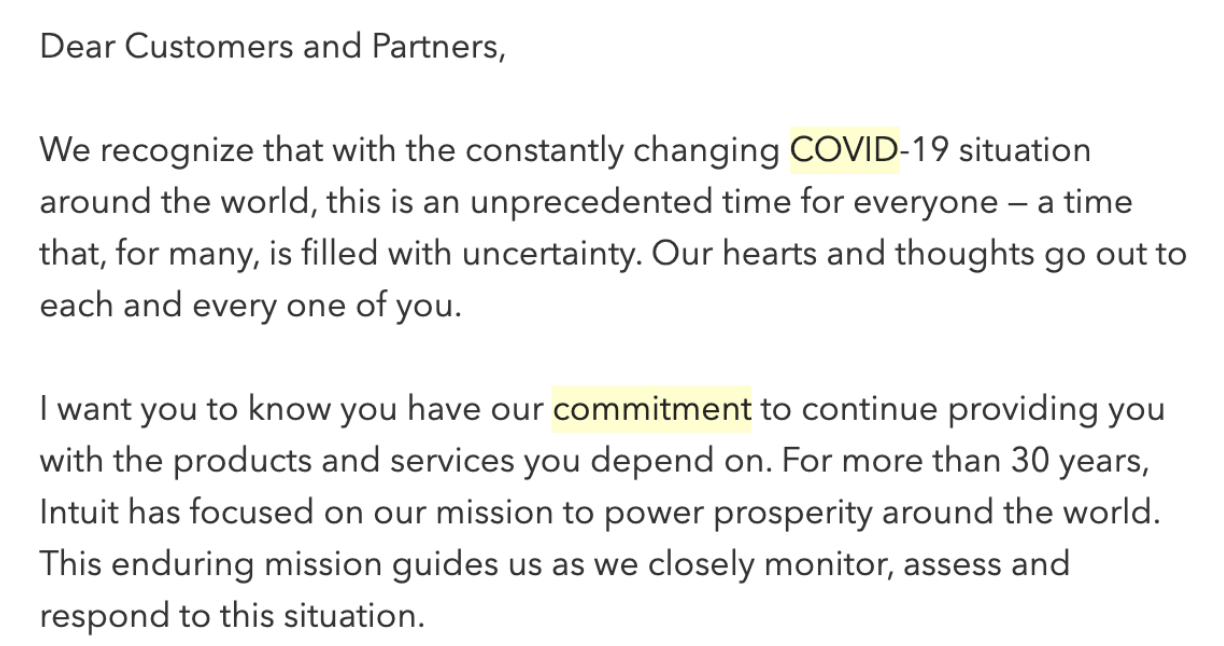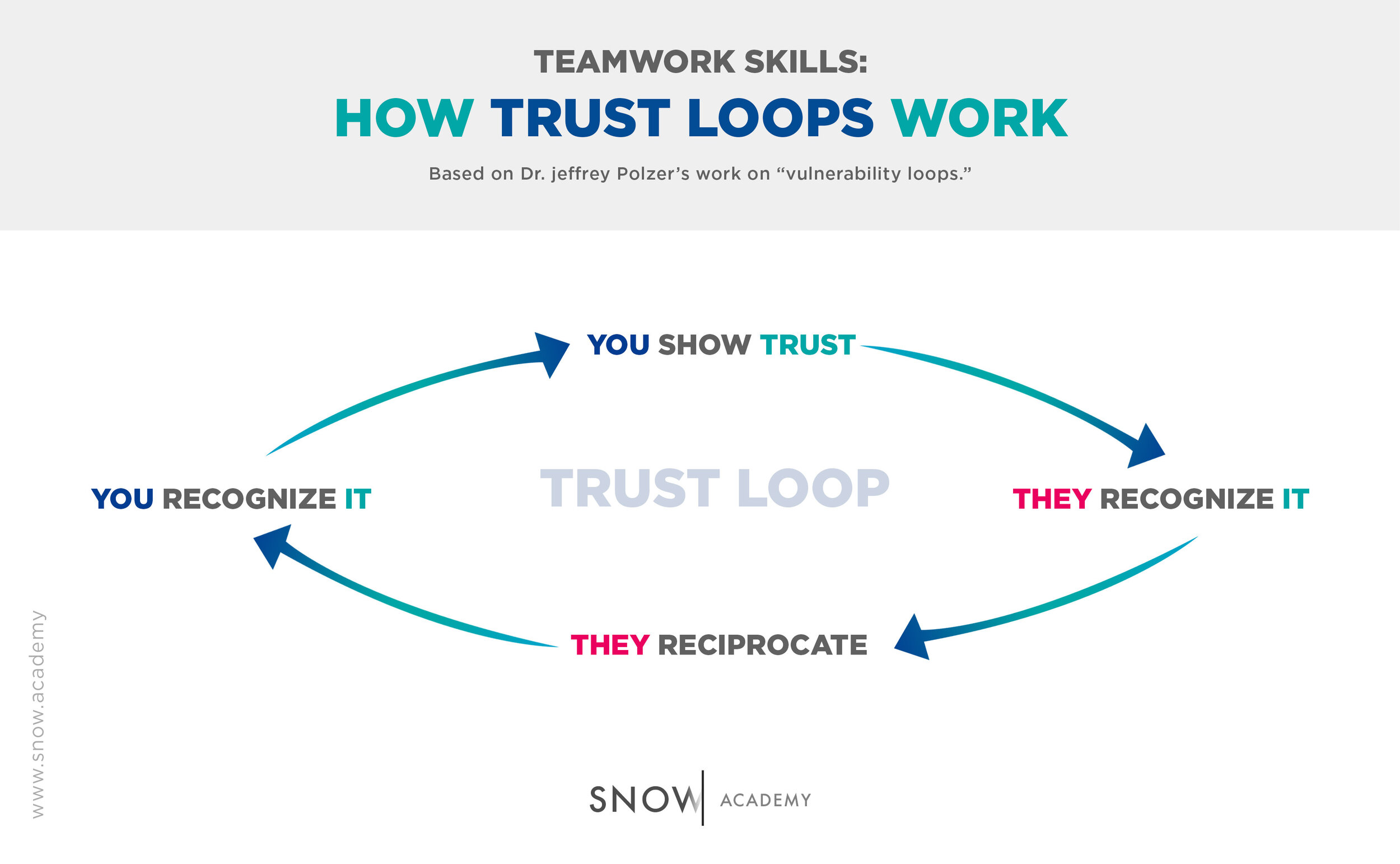6 min read
Leading Change Management Through The Power Of Storytelling
![]() Shane Snow
Jan 10, 2023 6:48:45 PM
Shane Snow
Jan 10, 2023 6:48:45 PM
.jpeg)
explorations > Teamwork > Trust
In March 2020, the consulting firm Odgers Berndtson asked 2,000 senior executives at $50mm+ companies around the world how confident they were about their leaders’ abilities to handle disruption.
Only 15 percent of them said they were confident that their leaders could manage unexpected events like pandemics, shifting technology, or climate change.
That’s not good because we’re having a lot of all three of those things these days.
What exactly led these executives to believe that their leaders weren’t going to be able to cut it? The two biggest reasons they cited were the following:
-
Resistance to change
-
Lack of vision
We’re going to need leaders who can manage the disruptions coming in our future. But many of us are having a hard time managing disruptions already—whether we’re talking about pandemics or just keeping up with shifts in technology.
And let me tell you, many of them are not inspiring much on the vision or the change front.
Take the Covid-19 pandemic, for example. For months, inboxes have been overflowing with versions of the exact same uninspiring CEO message from every airline, tax prep software, and hot dog stand out there.

CEO email re: COVID-19
The flood of COVID emails provide a pretty clear template for ensuring you don’t inspire anyone:
-
Announce that these are unprecedented times.
-
Say something nice involving hearts and thoughts.
-
Make a vague “commitment” that is actually a brag about how great your company is.
-
Give people the link to the CDC website.
-
Congratulate your PR team on how authentic you are.
Leadership is, by definition, about standing out. So if what you’re sending to your employees and clients could scratch off a Pandemic Buzzword BINGO, then you’re showing up the same as everyone else. And that means you’re failing to lead.

CEO email re: COVID-19
Many of my own clients and newsletter readers say that they’re worried about how to effectively lead and communicate from afar, now that they aren’t working physically side by side with their teams. And they're right to worry. We need to be able to do better than crappy emails with vague promises and non-apologetic damage control.
If there was one recommendation I could make to leaders that could dramatically help with all of these things, it would be this:
Stop making platitudes, and start telling real stories.
Contrast all these dreadful COVID emails with how every great leader rallies people in the movies.
Heroic movie leaders always rally people via a story. The coach gets the team pumped up in the locker room by talking about the journey and the prize—not by reading off a list of talking points and industry jargon that every other coach is saying too.
Stories make us feel connected to each other and our leaders. A leader who is able to tell great stories in the right ways will inspire trust and motivate people to overcome obstacles.
Many of the leaders who don’t inspire confidence in their people certainly have good plans. But that doesn’t just translate to trust. But making one change can: framing where we need to go and how we need to get there using stories.
Activate leadership skills during periods of change
Let’s walk through a typical change management scenario.
Company X has gotten to a point where they need to make some changes in order to keep growing. They decide to bring some outside executives with experience in to get them off the plateau.
Early on, the company brings in a guy to improve sales and marketing. Right away he produces a series of powerpoint slides with research and data, and a complicated diagram of how the company needs to change its products and services. He also insists that Company X change the name of the product.
All of this, he tells the team, is based on his “decades of experience.”
Initially, Company X’s investors are excited and impressed. On paper, these are good ideas.
But guess what? On the ground, the team is not on board.
They’d spent years pouring their life into the product, and now some newcomer was going to change everything about it? Based on what? The number of years on his resume?
The well-meaning executive sees that his plan is starting to face resistance. He wants it and the team to succeed, so he goes about trying to prove that he knows what he was doing.
Unfortunately, he does what most people do when they want to build trust. He keeps trying to build the logical case for how smart he is, which is the trust-building method that always backfires.
The team is not convinced that he actually cares about or understands them—and therefore they do not believe in his plan. And so they grudgingly trudge forward until the initiative dies and the executive leaves the company.
A lot of plans had failed in Company X’s history. Just because this executive’s first idea didn’t turn out to be the right one didn’t mean his leadership was cooked.
His leadership was cooked because he failed to inspire people.
And that meant that his plan couldn’t even get a full shot.
An Alternate Scenario:
Let’s say that instead of a PowerPoint full of stats and diagrams, the leader in the story I just shared had instead sat everyone down and talked to them about Company X’s story.
What’s the mythology of how this team got started? He could ask.
What was the company’s original intention? What are the obstacles the team faced and overcame? How did the team get through hard decisions? What were the wins, the losses, the successes, the failures that taught them and made them better?
In other words, What’s the journey this team has been through?
Then, after showing that he understood the team’s story, let’s say the leader shared his story. Where he came from. Not just the stats on how many years of experience he had, but the journey he’d been on. What got him here. The stories of events and people who made him care about what this team is up against.
Let’s say this leader did all that, and then afterwards when he was ready to present a plan for how the company needed to change, what if he framed the story of what the team is up against now? Let’s say he re-told the history of the team, emphasizing their intentions and obstacles—and then he told the story of how the team was up against new challenges, and how they related to and differed from the old ones.
And only then, in the context of the group’s shared history, let’s say the leader presented his case for what the team needed to change in order to get there.
In this context, the new pricing and product name and whatever else would be much easier to swallow—exciting even!
What a huge difference in approach.
Psychology Shows Us How Stories Are A Better Way To Inspire Change:
The psychology that makes a story-based change management approach effective is fascinating. A strategy like the above does two things:
Nostaligia Makes Us Open To Considering New Ideas
First, reminiscing and sharing in the nostalgia of one’s history makes one much more open to making changes. Warm stories of good times passed prime us to feel comfortable and excited about whatever’s bundled in with them.
This is why nostalgia is such a powerful tool in advertising. It’s why Nintendo memes are so effective with people born in the ‘80s. It’s why people love Baby Yoda so much. These stories’ familiarity delights our brains—which gets us on board with the novelty.
Personal Stories Build Empathy And Make Us Care
Second, sharing personal stories—stories about human beings that a team can relate to—builds empathy and trust.
Science is clear that when we open up to others, we’re sending signals that we can be trusted, and people tend to reciprocate that.
When this happens, our brains secrete the chemical oxytocin, which makes us feel empathetic and emotionally engaged. This, in turn, starts what psychologists call a “Trust Loop”:

Sharing your story kickstarts belief in a leader much more reliably than sharing stats and a game plan by themselves.
The Elements of A Great Leadership Story:
So what makes for a great story—one that can engage human emotion, paint a vision, and inspire people to action? My co-author and Contently head of content Joe Lazauskas recently broke down the four elements in an awesome mini-series:
-
Relatability: The characters and situations in the story need to be one your audience is likely to care about. (Stories about the smudges on your helicopter are not ideal; stories about going through real, human journeys are.)
-
Novelty: A great story has surprise, twists, turns, and “aha” moments.
-
Fluency: A great story needs to be easy to understand. It’s not about sounding smart or proving your competence. (That can actually backfire.) It’s about getting ideas across.
-
Tension: A great story establishes people’s intentions and the obstacles in their way. The bigger the gap between what is and what could be, the higher the stakes, and the more interesting the story.
-
And I’ll add one more to Joe’s list: The more personal the story, the more it connects you to your people.
(BTW, if you really want to dig into story strategy, Joe and I developed a seriously in-depth course on storytelling here!)
Great leaders don’t motivate people through statistics. They don’t inspire with generic brags about their vague accomplishments.

CEO email re: COVID-19
And they certainly don’t rally their troops with platitudes and lawyerly non-apologies.

CEO email re: COVID-19
No. Great leaders share the stories of people. Of individuals and teams who face odds and overcome them. They share their own stories of why they care so much.
And we trust them enough to follow them into the hurricane, because of it.
